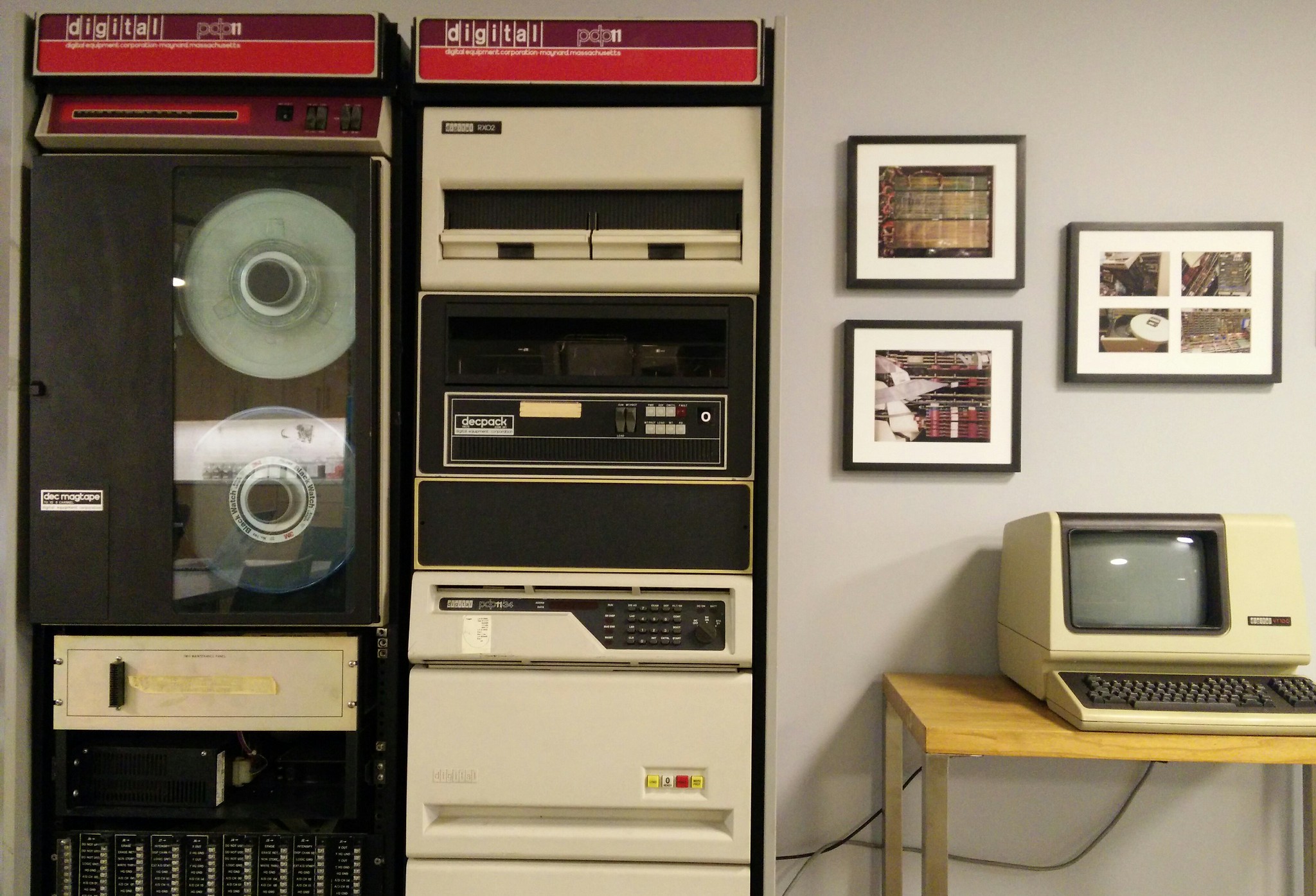Oh fuck it, thread time.
Inspired in a way by a certain long discussion by a well known Sci-fi author about the announcement of a Nuclear powered container ship from China. I wanna talk about "technology won't save us" When it comes to climate change.
"Technology won't save us" is the usual refrain when someone mentions Carbon Capture and Storage (CCS). CCS is often touted by the fossil fuel industry as a way of us being able to keep burning dinosaurs. Continue our lives unchanged...
1/n
so we can continue the lifestyles to which we have become accustomed. Alas, for all the talk of CCS in the last couple of decades, it's never come to pass. At least not at a large scale, not capturing 100% of emissions from that which it is fitted. And it doesn't work on mobile emitters like trucks and ships. CCS is a bit like a disability dongle, but for fossil fuel companies.
BUT, and here comes the but. There are some technologies, which we are going to need if we are to have a hope...
2/n
of surviving climate change. So in this thread I want to talk about some of those technologies, and how far away they are from being reality.
To start with, I wanna talk about ammonia. Currently ammonia production accounts for about 1.8% of global emissions. Which is about the same as shipping globally. It's made by taking Methane in natural gas, splitting that to make hydrogen, and CO2. The CO2 is dumped, and the hydrogen is combined with Nitrogen. Ammonia is however critical...
3/n
to our society. It's used primarily for fertiliser production, as well as a feed stock for various industrial processes. It can also be used to creation greenhouse gas emission free electricity via fuel cells. Those fuel cells could be used on ships... or trains... As long as the ammonia is produced without needing fossil fuels, it's a good way of powering things where Batteries don't scale.
Ammonia can be produced electrochemically, using just nitrogen (from air), & hydrogen (from h20)
4/n
Proof of concepts are there, we just need to scale it up. It's a great way to use surplus energy from renewables, or for renewables constructed in places with lots of sun, but few people. It's safer and easier to transport than hydrogen. It's an technology we are going go need to develop.
Next up. Steel. Those who remember my recent epic thread on the subject will know that steel is really important to our world. But it also accounts for about 7% of global emissions.
5/n
Steel is produced by reducing Iron ore with a source of carbon, this is usually from coke made from coal. So to make this emissions free, we need to replace that carbon source, or find a way to bypass it entirely. Here we have two potential technologies showing promise. One is to use hydrogen instead of carbon as the reducing agent. Hydrogen can be produced cleanly via electrolysis of water. This method is already in commercial production in Sweden, producing steel for volvo.
6/n
The other option is Electrolysis. A bit like how we make Aluminium. This has shown promise in small scale setups, and there is a commercial scale pilot due to go online in 2025. It's showing great promise, as is the Hydrogen approach. They just need to be rolled out at scale. (something something, future not evenly distributed yet).
Next up. Cement. This is about 3-8% of global emissions depending on source. Cement is a key part of our modern society.
7/n
Cement is a fundamental part of our society. The built environment would be very different if we didn't have cement. While there are moves to reduce it's use (see wooden sky scraper). We can't reduce our use to zero. We're gonna always need some cement. But it's production is problematic. It's basically made by cooking limestone at over 1400°C, to remove Co2 from the limestone, to make quick lime. This is one area we don't really have a viable technology to avoid emissions.
8/n
There's lots of people trying to find a way of making cement without emitting greenhouse gases, but none are ready for use at scale. But we're gonna need a solution here if we are to have some hope.
Next up. Heating. Let's step away from chemical processes for a bit and look at the built environment we live in. 17.5% of emissions come from our buildings, via heating, cooling, and lighting. Lighting is a solved issue. LED's are incredibly efficient, and can be powered by renewables.
9/n
But for most of the world, heating still takes the form of burning stuff to keep warm. In the developed world most homes and offices are heated by burning natural gas. And while the fossil fuel industry has talked about using hydrogen in the gas pipes to fuel these, so we don't have to change anything. That has proven to be unviable stuff used to distract politicians. We have a technology for heating that is incredibly efficient (like 300-500% efficient), and well understood.
10/n
Heat pumps are an amazing technology. They are essentially a very large fridge run in reverse. If you want to know more about them, Technology Connections on Youtube has some great videos explaining how they work. They are absolutely brilliant, and combined with better insulation, they are going to allow us to heat our homes and offices with 100% renewable electricity cheaply and efficiently. Alas there's a lot of FUD out there from those who make a living from boilers.
11/n
@dpflug @TechConnectify yeah. I was trying to be kind by not tagging Alec and blowing up his notifications.
@dpflug I can still try not to make it worse...
@quixoticgeek
Yep! Now I'm curious what they'd prefer.
@dpflug no harm In asking. @TechConnectify if I'm doing a thread and I mention your videos. Would you prefer to be tagged so people can find you, or untagged so as to be kind to your notifications?

@quixoticgeek Though I assume his notifications are a constant explosion these days.
Though I assume his notifications are a constant explosion these days.
Uh....my bad.